Do you know what the ‘H’ in HVAC stands for? It means heating (HVAC- Heating, Ventilation, and Air Conditioning). As the Winter is Coming, it is important to prepare for home heating. There are various methods to get a warm temperature inside your home like furnace, floor heating, blowers, etc. But, if you are using HVAC, you can change its usage from air conditioning to heating. It will save you the cost of getting a new system just for the purpose of home heating. So the question comes as to how much you know about this heating function of your HVAC. If the answer is “not much”, you don’t need to worry. Here we are going to explain the H for Heating in HVAC to help you out.
How does HVAC heating work?
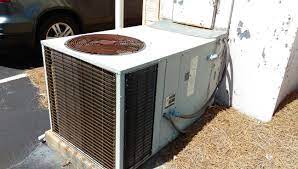
The heating system of the HVAC acts in reverse as the cooling system. When the HVAC is used as an air conditioner, it extracts the heat from inside your home and pushes it out. But when you use your HVAC for heating, it absorbs the heat from outside and pulls it inside your home.
Let us understand the ‘H for Heating in HVAC’ in some detail.
The basic functioning of the HVAC is the same, be it for central cooling or heating. It moves the air around your house to maintain the temperature. The only difference is that for the purpose of heating, it moves the hot air in your home to give you the desired temperature. But, based on the type of central heating system you are using, your HVAC system might even produce heat on its own.
There are two options in HVAC for heating that you can choose from:
Heat pumps:
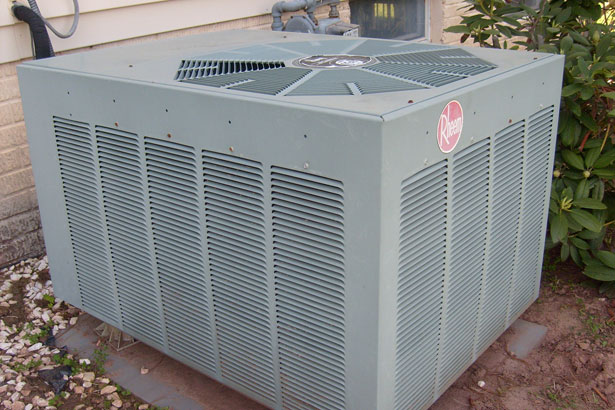
Heat pumps are the most common central heating systems and have the same parts as the split-air conditioner systems. When the HVAC heating system is turned on and the thermostat is set to a specific temperature, the reversing valve located in the outdoor unit starts working. The system then absorbs the heat from outside and moves it inside your house with the air handler. You don’t need to turn the reversing valve on manually, the heat pump does it on its own. These are best for mild climates where only a moderately hot temperature is required.
Furnaces:
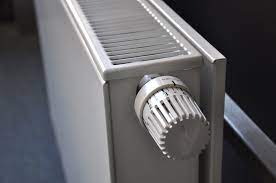
Furnaces are traditional home heating systems and use a natural fuel source to create heat and distribute it inside your home via ducts. Based on the type of HVAC system, the fuel source is located either in the outdoor unit or underground and then connected to your home through a pipe. When the thermostat is set to warm the house, the fuel (natural gas, propane, or oil) moves through the pipe and lights the burner of the furnace.
The cold air of your home is warmed by this burning gas in the heat exchanger of the furnace. The blower fan of the furnace blows the warm air inside your home via a number of ducts and the exhaust created in this process is transferred outside your home through the exhaust pipe. The return ducts keep moving the cold air in the home inside the furnace and then it is warmed up following the same process. The furnaces are best suited for really low temperatures as they create quite a heat at a very rapid pace.
Some of the best thermostat recommendations for you:
- Google Nest Learning Thermostat – Programmable Smart Thermostat
- ecobee SmartThermostat with Voice Control
- Emerson Sensi Wi-Fi Smart Thermostat for Smart Home
- Honeywell Home RTH9585WF1004 Wi-Fi Smart Color Thermostat
Can the Central Home heating system be controlled?
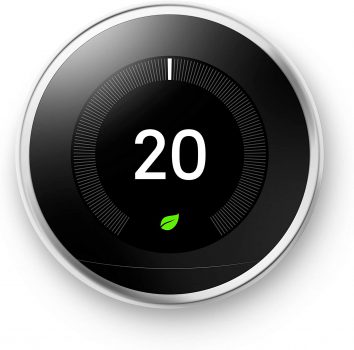
Yes, you can control your central heating system with the thermostat. The heating system maintains the temperature inside your home that is set on the thermostat. You can use a manual thermostat or a smart thermostat. Smart thermostats are a better option as they allow you to control your HVAC more efficiently. The heating system starts working as per the changes in the thermostat setting.
Conclusion
Summers are almost over and now it’s time for the cold weather. So, if you want to use your HVAC system for keeping your home warm during the winters, it is necessary to schedule seasonal maintenance. Contact an expert HVAC technician and get your system checked. Get the repairs done, if needed, and set your thermostat to enjoy the warmth inside your home. Make the most of the ‘H for Heating in HVAC’ of your home this winter.
Loading recommendations...

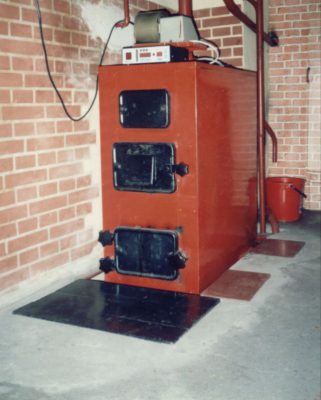

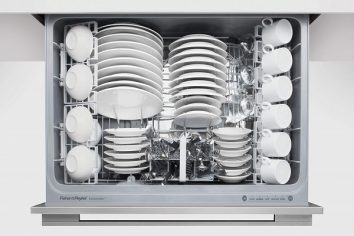
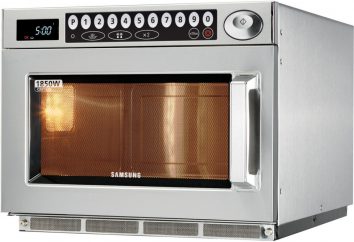
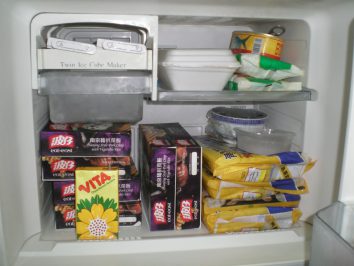
I understood it correctly grade calculator
Understanding the “H for Heating” in HVAC (Heating, Ventilation, and Air Conditioning) is crucial for efficient climate control. Heating systems, like furnaces or heat pumps, raise indoor temperatures during colder months. They work by transferring heat from a source to a designated space. By comprehending this aspect, one can optimize energy usage, ensure comfort, and maintain indoor air quality. Whether it’s selecting the right heating system or scheduling maintenance, a grasp of this fundamental element is essential for effective HVAC management.
Super Service Plumbers Heating and Air Conditioning delivers top-notch expertise in boiler replacement. Our recent project in Hawthorne, NJ showcases our commitment to efficient service and quality results. Trust us to keep your home warm and comfortable, one boiler at a time. https://superplumbersnj.com/
Thank you for sharing this idea. Keep it up! paving company indianapolis
The best time to replace your HVAC system may depend on the season and climate conditions in your area. Many homeowners choose to replace their HVAC systems during the spring or fall when temperatures are milder and HVAC technicians are less busy. This allows for a smoother installation process and ensures your home is comfortable before the peak heating or cooling season.
Thanks for sharing this detailed post about the Understand the ‘H for Heating in HVAC’ and there are the best ideas that can provide us the best results when we use it. Also, her response about it can brings the right results for us.
I appreciate your contribution. I’ve read a lot about relevant topics! Unlike other articles, yours created a lasting impression on me. I hope you’ll continue to write interesting pieces like this one and others for us all to read! retro bowl unblocked
I am writing to inform you that I have recently encountered your website and find it to be quite intriguing and beneficial.
Every home should have a heating system
Air conditioning and heaters are like the dynamic duo of comfort in our homes. They ensure we’re cosy all year round, whether we’re seeking refuge from the summer heat or escaping the winter chill. A true blessing for maintaining the perfect environment!
This is exactly what I was looking for, please post more posts on this topic
A very interesting topic that I have been looking at, I think this is one of the most important information for me. And I’m glad to read your post. Thanks for sharing!
That is all the helpful information I needed. I appreciate you sharing.
Your well-written blog clarifies heating’s function and it’s significance in establishing a comfortable interior atmosphere. Heating is a crucial part of HVAC systems. I appreciated how the author addressed the two types of heating systems—the heater and the furnace—and added that the heat pump is suitable for mildly cool weather, while the furnace is ideal for more chilly climates. While highlighting the relevance of energy efficiency and routine maintenance, the blog successfully conveys the significance of heating systems within the larger framework of HVAC.
Well this is awesome post and written very well. Your point of view is very good.
I read a lot of things, and I thought the way you wrote to make it clear what you wanted to say was very good. I’m impressed, and I’d like to come back again sometime